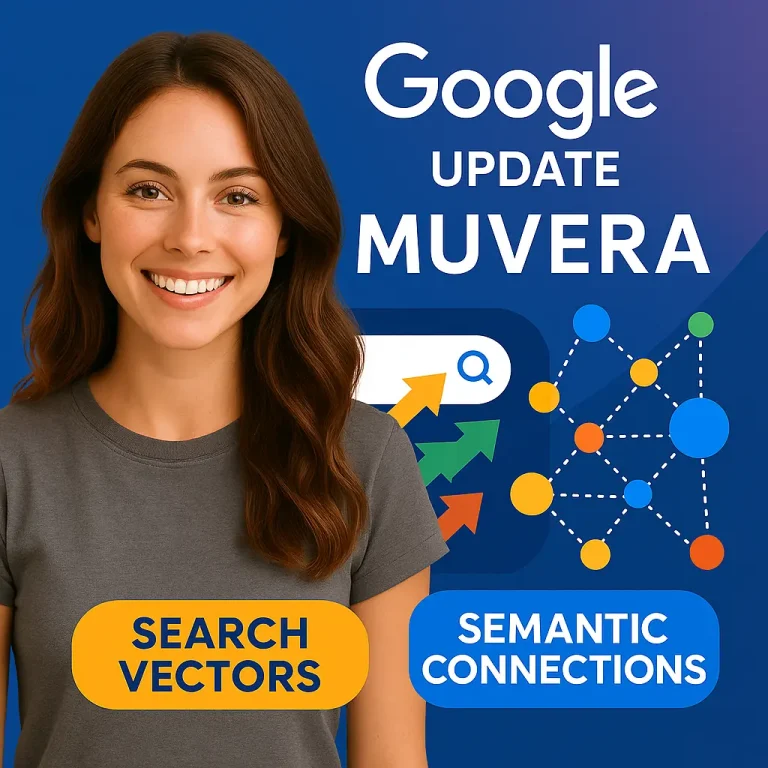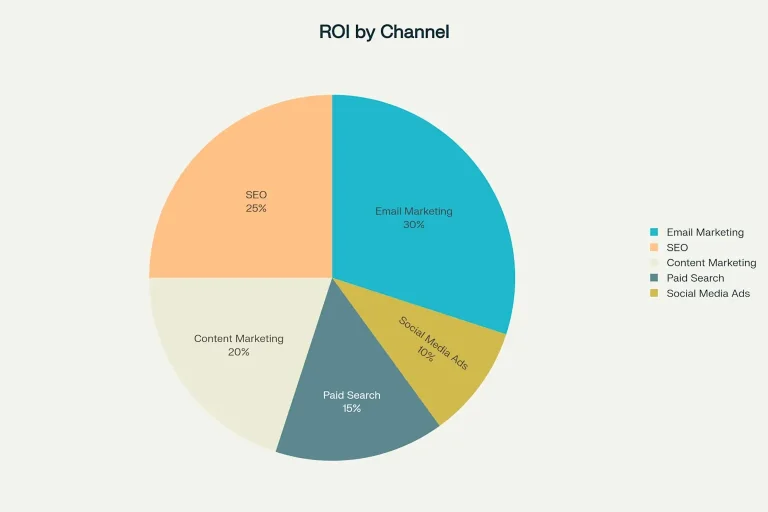
Marketing can feel overwhelming with its ever-evolving vocabulary and fast-changing tactics. Whether you're just starting out or looking to sharpen your strategy, this glossary brings clarity to the most commonly used marketing terms today. Bookmark this for quick reference or share it with your team. We will be updating this ultimate marketing glossary as needed, so if you have any terms you feel should be added, please leave them in a comment.
A
AIDA
Attention. Interest. Desire. Action. This model outlines the psychological stages a consumer passes through before making a purchase.
Account-Based Marketing (ABM)
A targeted approach focusing on high-value accounts with personalized campaigns rather than casting a wide net.
Affiliate Marketing
Performance-based marketing where affiliates earn commissions for driving sales via unique tracking links.
B
Buyer Persona
A semi-fictional profile of your ideal customer, crafted from data, research, and informed assumptions.
C
Churn
The rate at which customers stop doing business with you. High churn hurts growth; reducing it boosts retention.
Click-Through Rate (CTR)
Percentage of users who click on a link, ad, or email out of the total number who viewed it.
Closed-Loop Marketing
A feedback-driven system that uses sales data to inform and optimize marketing efforts.
Comparative Advertising
Side-by-side comparisons with competitors to show superiority. Effective but must be truthful.
Competitive Set Analysis (CompSet)
Analyzing your direct competitors to uncover market gaps, threats, and opportunities.
Content Management System (CMS)
A platform like WordPress or Webflow that lets users publish and manage content without deep coding knowledge.
Conversion Path
The series of steps a visitor takes before completing a goal, such as purchasing or signing up.
Conversion Rate
The percentage of visitors who complete a desired action out of the total number of visitors.
Conversion Rate Optimization (CRO)
Tactics to improve the percentage of users who take a specific action on your site.
Core Web Vitals
Google’s metrics for UX: loading speed, interactivity, and visual stability—all influencing SEO ranking.
Corporate Identity
The visual representation of a brand, including logos, fonts, and color palettes.
Cost Per Acquisition (CPA)
The total cost of acquiring a customer, including ad spend, software, and personnel.
Cost Per Click (CPC)
Amount paid per ad click in campaigns like Google Ads.
Cost Per Lead (CPL)
Total cost of generating a qualified lead via marketing efforts.
Cost Per Mille (CPM)
Cost of 1,000 ad impressions, often used in display advertising.
Cost-Based Pricing
A strategy where price = production cost + profit margin.
Customer Acquisition Cost (CAC)
All marketing and sales expenses divided by the number of new customers acquired.
Customer Loyalty
A customer's long-term preference for your brand over competitors.
Customer Relationship Management (CRM)
Software and strategies to manage, track, and optimize interactions with leads and customers.
D
Demand-Side Platform (DSP)
Tech that lets advertisers buy digital ad inventory across multiple platforms in real-time.
Demographics
Data about target audiences such as age, income, location, and education.
Digital Marketing
Any marketing effort conducted online—including SEO, social, email, and PPC.
Direct Competition
Brands offering similar products to the same market.
Direct Mail
Physical marketing materials sent via postal mail.
Direct Marketing
One-to-one outreach via email, text, or other channels meant to prompt direct action.
Display Advertising
Banner-style ads placed across websites and platforms to generate awareness or drive traffic.
E
Email Service Provider (ESP)
Platforms like Mailchimp or ConvertKit that manage mass email campaigns and track results.
Engagement Rate
Measure of interaction (likes, shares, comments) relative to total impressions or followers.
G
Google Analytics 4 (GA4)
Google’s newest analytics platform with event-based tracking and predictive metrics.
I
Ideal Customer Profile (ICP)
A description of the company or individual most likely to benefit from your product or service.
Inbound Marketing
Content-driven marketing designed to attract users naturally rather than pushing messages to them.
K
Key Performance Indicator (KPI)
A quantifiable metric used to track performance toward specific business goals.
Key Results Areas (KRAs)
Goal-specific zones of responsibility that align with KPIs and business strategy.
L
Lead
An individual or organization showing interest in your offerings.
Lead Generation
Strategies to attract and capture leads through marketing.
Lead Nurturing
Ongoing engagement with leads to move them closer to making a purchase.
Lead Qualification
The process of assessing a lead’s potential to become a paying customer.
Lifetime Value (LTV)
The projected revenue a customer will generate over the entire relationship with your business.
Long-Tail Keyword
Specific, lower-volume search terms that often convert better than broad keywords.
M
Marketing Accepted Lead (MAL)
A lead that meets predefined criteria and is handed off for further qualification.
Marketing Engaged Lead (MEL)
Early-stage leads interacting with your content but not yet ready for sales outreach.
Marketing Plan
Your tactical blueprint for achieving marketing goals over a set timeframe.
Marketing Qualified Lead (MQL)
Leads vetted by marketing as ready for sales engagement.
Monthly Recurring Revenue (MRR)
Predictable revenue generated from subscriptions on a monthly basis.
P
Paid Media
Promotions you pay for—PPC, sponsored content, social ads, etc.
Pay Per Click (PPC)
A model where advertisers pay only when their ad is clicked.
Public Relations (PR)
Efforts to earn media coverage and build public goodwill through storytelling and outreach.
R
Return on Ad Spend (ROAS)
Revenue generated per dollar spent on advertising.
Return on Investment (ROI)
Profit earned compared to the cost of investment—calculated as (Net Profit / Cost) × 100.
S
SWOT Analysis
Assess your Strengths, Weaknesses, Opportunities, and Threats for strategic planning.
Search Engine Marketing (SEM)
Using paid ads to appear on search engines like Google or Bing.
Search Engine Optimization (SEO)
Optimizing content to rank higher in organic search results.
Search Engine Results Page (SERP)
The page users see after entering a query into a search engine.
Search Generative Experience (SGE)
AI-powered enhancements to traditional search, organizing results in a new interactive way.
Serviced Available Market (SAM)
The segment of your total market that you can realistically target and serve.
Share of Market (SOM)
Your market share—the percentage of total market sales you hold.
T
Total Addressable Market (TAM)
The full market demand for your product if every potential customer bought from you.
U
Unique Value Proposition (UVP)
A concise statement that highlights what sets your product apart and why it matters.
User Experience (UX)
The overall usability, functionality, and emotional impression your site or product creates.
Final Notes
This glossary aims to clarify the language of marketing and help you act on the right terms at the right time. As trends evolve, so will this guide. Keep this bookmarked for regular updates.



